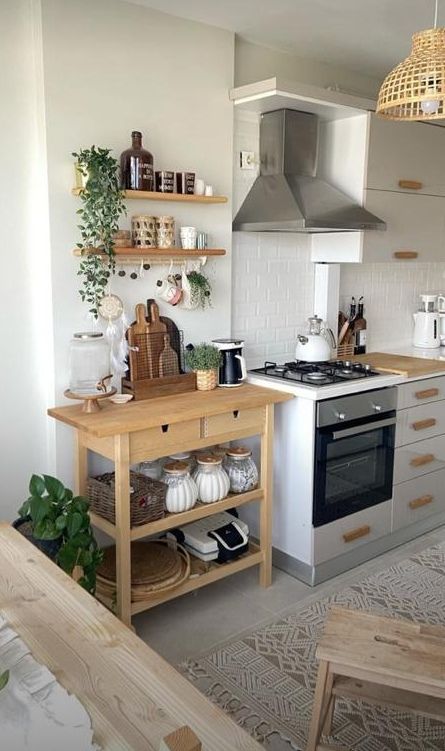Bamboo furniture has seen a resurgence in popularity as consumers and designers alike embrace its sustainability and unique aesthetic. This natural material, known for its rapid growth and resilience, offers a blend of traditional craftsmanship and modern design.
Design Inspiration:
The design of bamboo furniture is often inspired by the material’s inherent qualities—strength, flexibility, and natural beauty. Designers draw inspiration from bamboo’s role in various cultures, particularly in Asia, where it has been used for centuries. Its versatility allows for a wide range of styles, from sleek, modern lines to intricate, traditional patterns.
Designers also look to nature for inspiration. The organic shapes and textures found in natural bamboo forests often translate into furniture designs that reflect a harmonious relationship with the environment. For instance, the segmented appearance of bamboo stalks can inspire furniture pieces with a segmented or modular design.
Production Process:
- Sourcing and Preparation: The production of bamboo furniture begins with the careful selection of bamboo. Ideal bamboo is harvested from mature stalks, typically around 5-7 years old. The harvested bamboo is then treated to prevent pests and decay, ensuring longevity and durability.
- Design and Prototyping: Designers create detailed blueprints and prototypes based on their inspirations. Advances in technology have made it possible to create intricate designs with precision. The prototyping phase allows designers to test and refine their concepts, ensuring that the final product meets both aesthetic and functional requirements.
- Cutting and Shaping: Once the design is finalized, the bamboo is cut and shaped according to the specifications. Bamboo’s natural flexibility makes it possible to create curves and intricate details that are difficult to achieve with other materials. Specialized tools and techniques are used to cut and join bamboo, ensuring strength and stability.
- Assembly and Finishing: The cut pieces are assembled into the final furniture product. Skilled craftsmen use traditional joinery techniques or modern adhesives and hardware to ensure durability. The finishing process includes sanding, staining, and coating to enhance the bamboo’s natural beauty and provide protection against moisture and wear.
- Quality Control: Each piece undergoes rigorous quality control to ensure it meets high standards. This includes checking for structural integrity, finish consistency, and overall craftsmanship. Only after passing these checks does the furniture move on to the final stage.
Sustainability and Innovation:
Sustainability is a key aspect of bamboo furniture production. Bamboo grows quickly and can be harvested sustainably, making it an eco-friendly alternative to traditional hardwoods. Innovations in bamboo processing techniques continue to improve the material’s durability and versatility, expanding its applications in furniture design.
In conclusion, the design inspiration and production process of bamboo furniture reflect a fusion of tradition and innovation. By embracing the natural beauty of bamboo and leveraging advanced techniques, designers and manufacturers create furniture that is both stylish and sustainable. This approach not only honors the material’s rich heritage but also contributes to a more environmentally conscious future.
Post time: Jul-25-2024






